News
-

Selecting the Right Battery for Modern Air Filtration Devices — A Practical Guide for Engineering Teams
Home › Blog › Air Filtration Battery Guide Selecting the Right Battery for Modern Air Filtration Devices — A Practical Guide for Engineering Teams A practical battery selection guide for portable, desktop, and smart air filtration devices, helping engineering and R&D teams balance runtime...Read more -
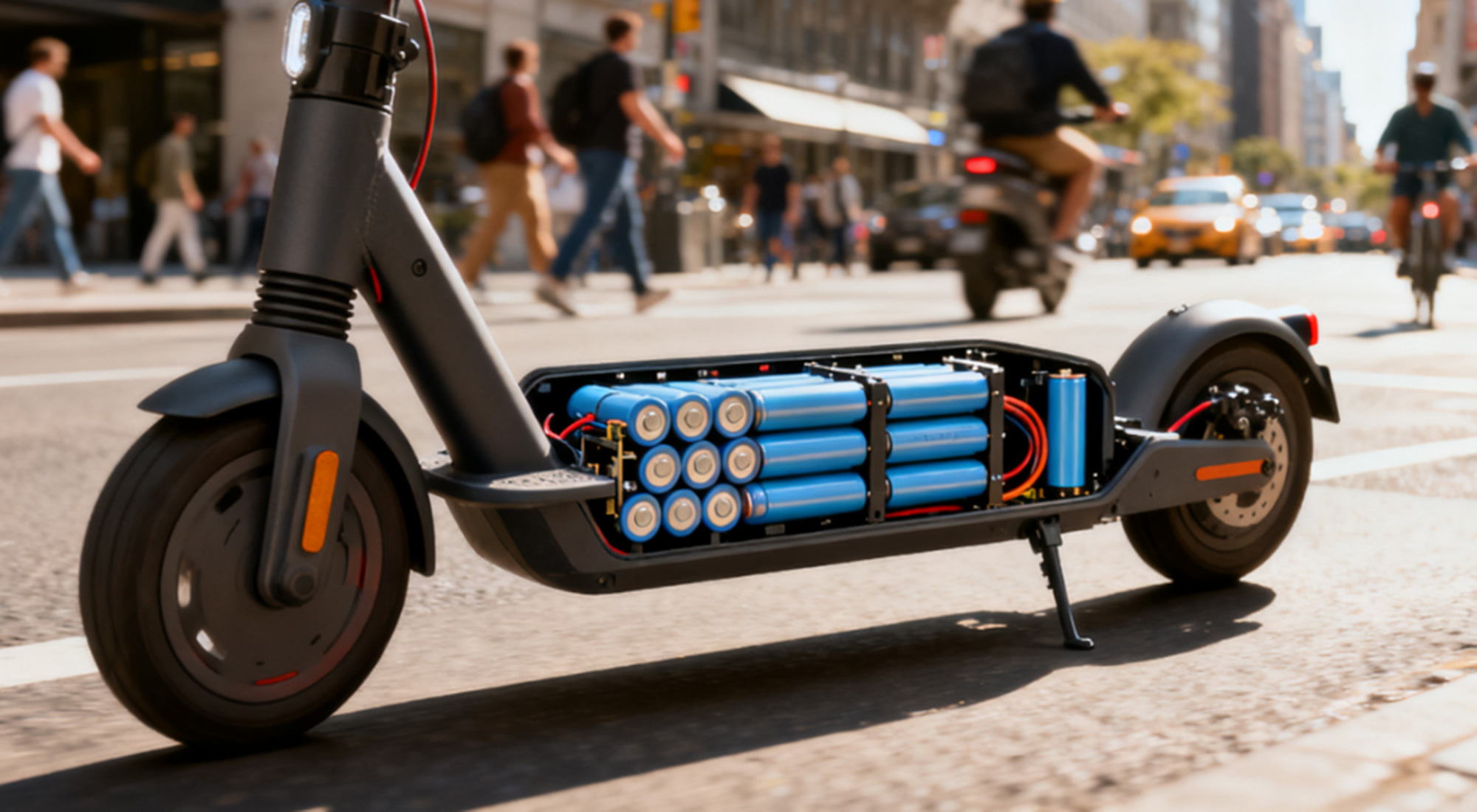
Powering the Ride — PKNERGY Li-ion Battery Solutions for E-Scooters
Powering the Ride — PKNERGY Li-ion Battery Solutions for E-Scooters Electric scooters have become one of the fastest-growing modes of urban transport, combining efficiency, convenience, and eco-friendliness. The heart of every e-scooter lies in its battery system — and that is where PKNERGY lit...Read more -
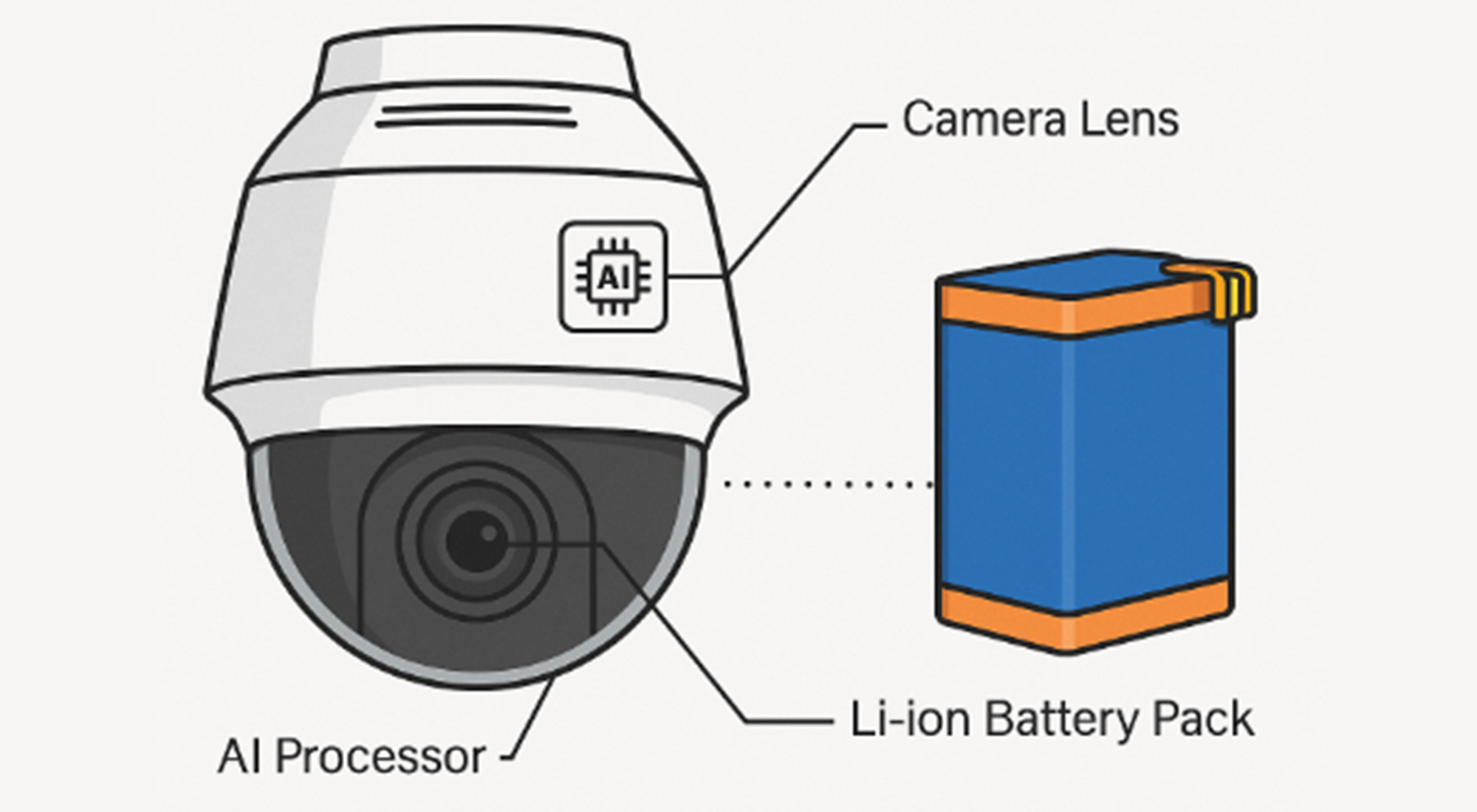
Lithium-Ion Battery Solutions for AI Cameras | Custom Power for Smart Surveillance
Lithium-Ion Battery Solutions for AI Cameras | Custom Power for Smart Surveillance AI-powered cameras are transforming surveillance, construction monitoring, traffic analysis, agriculture and industrial automation. As these edge-computing devices integrate powerful processors, multiple sensors an...Read more -
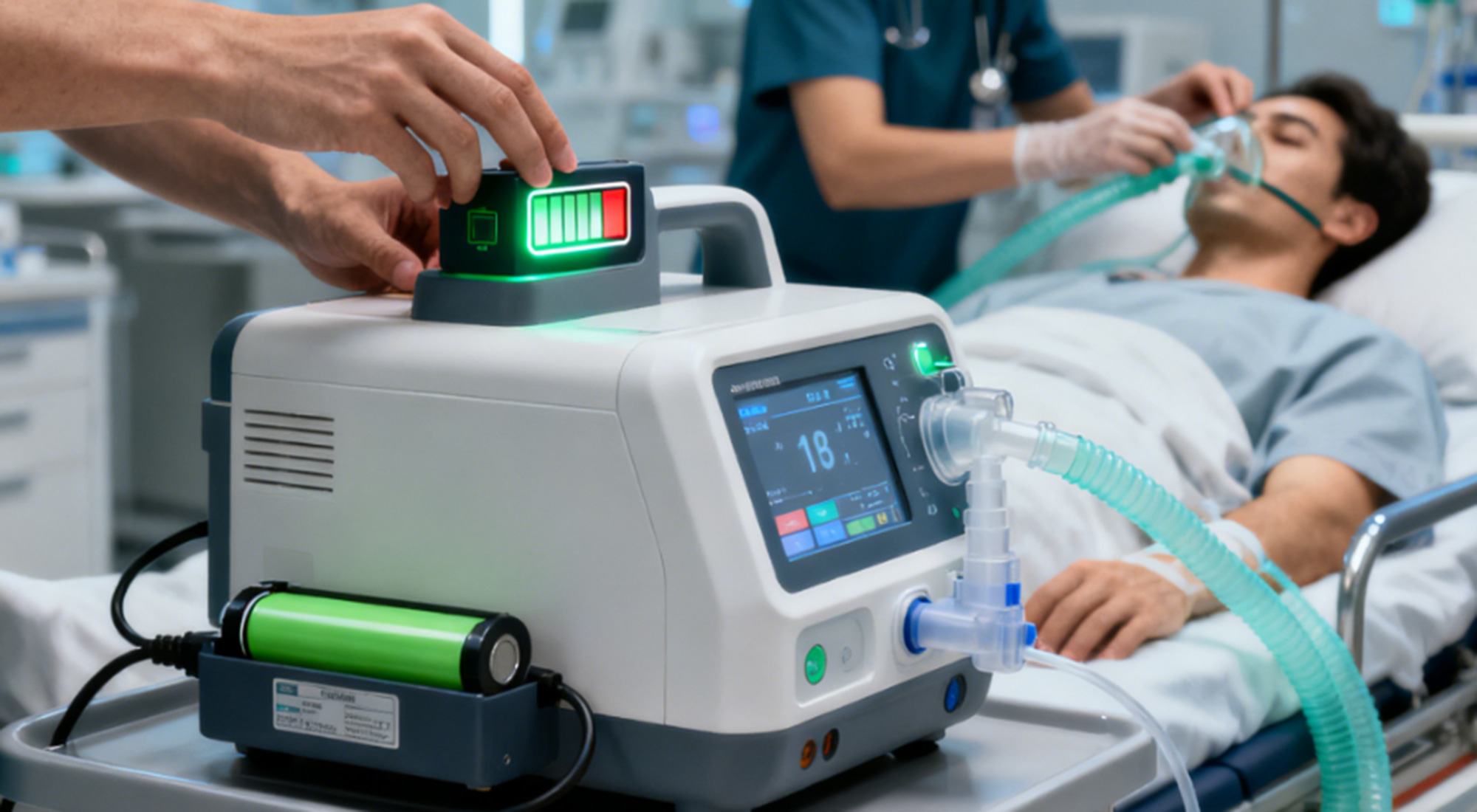
Lithium-Ion Battery Solutions for Medical Devices | PKNERGY Medical-Grade Power Packs
Lithium-Ion Battery Solutions for Medical Devices | PKNERGY Medical-Grade Power Packs As medical technology becomes more portable, intelligent, and continuously connected, the demand for high-safety, compact, and long-lasting lithium-ion batteries has grown rapidly. PKNERGY provides medical-grad...Read more -

PKNERGY Powerwall 10 kWh — Smart Home Energy Storage for a Greener Future
PKNERGY Powerwall 10 kWh — Smart Home Energy Storage for a Greener Future As more households adopt solar systems, reliable storage has become essential for efficiency and self-consumption. The PKNERGY Powerwall 10 kWh uses LiFePO₄ technology to store clean energy and keep the lights on — even ...Read more -
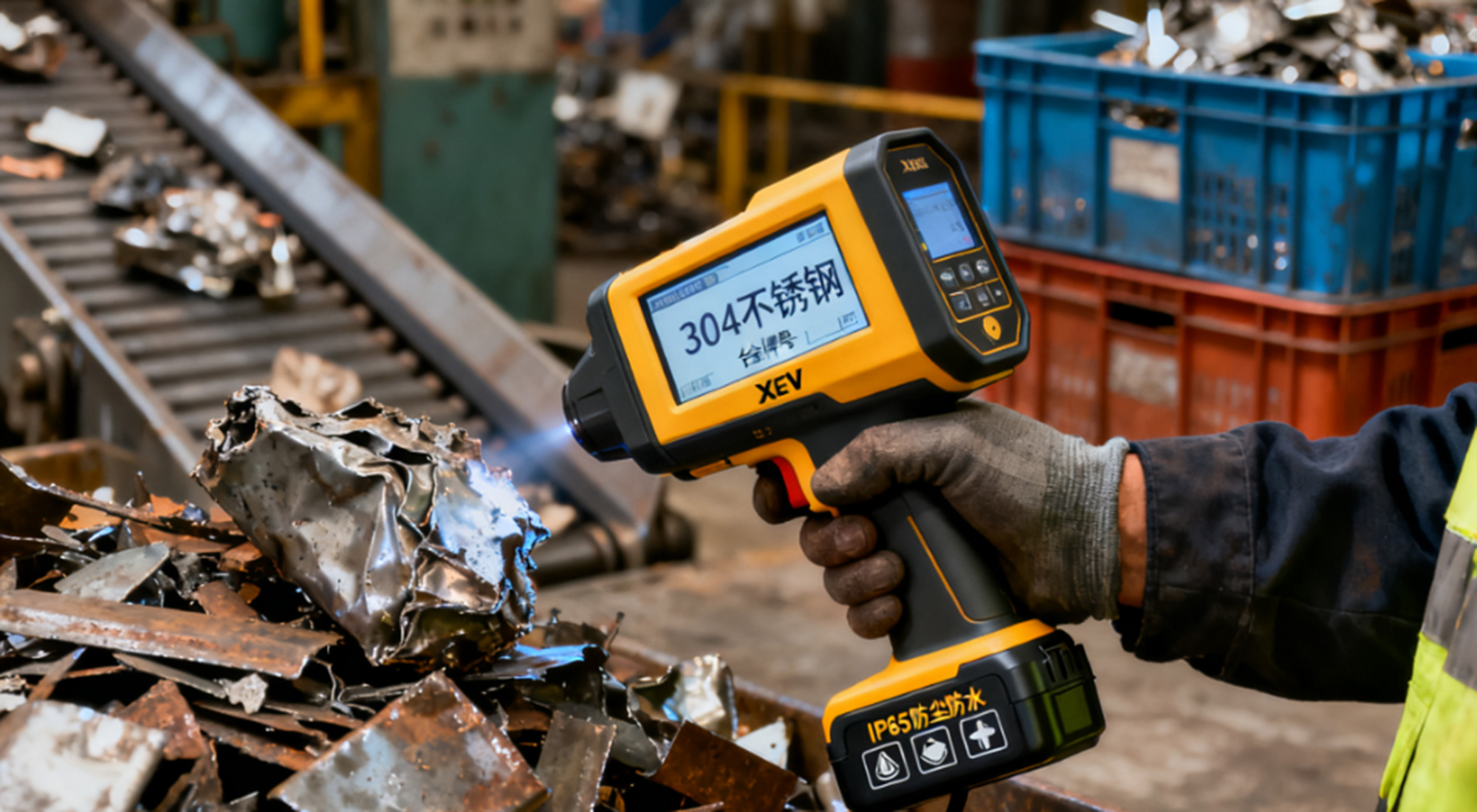
Custom Lithium Battery Packs for Handheld XRF Analyzers
Custom Lithium Battery Packs for Handheld XRF Analyzers Enabling Portable Elemental Analysis with Reliable Power XRF Analyzer Battery Portable Spectrometer Custom Lithium Battery Contents Introduction Why Lithium Battery for XRF Devices Key Customization Requirements Use-Case Example How PK...Read more -
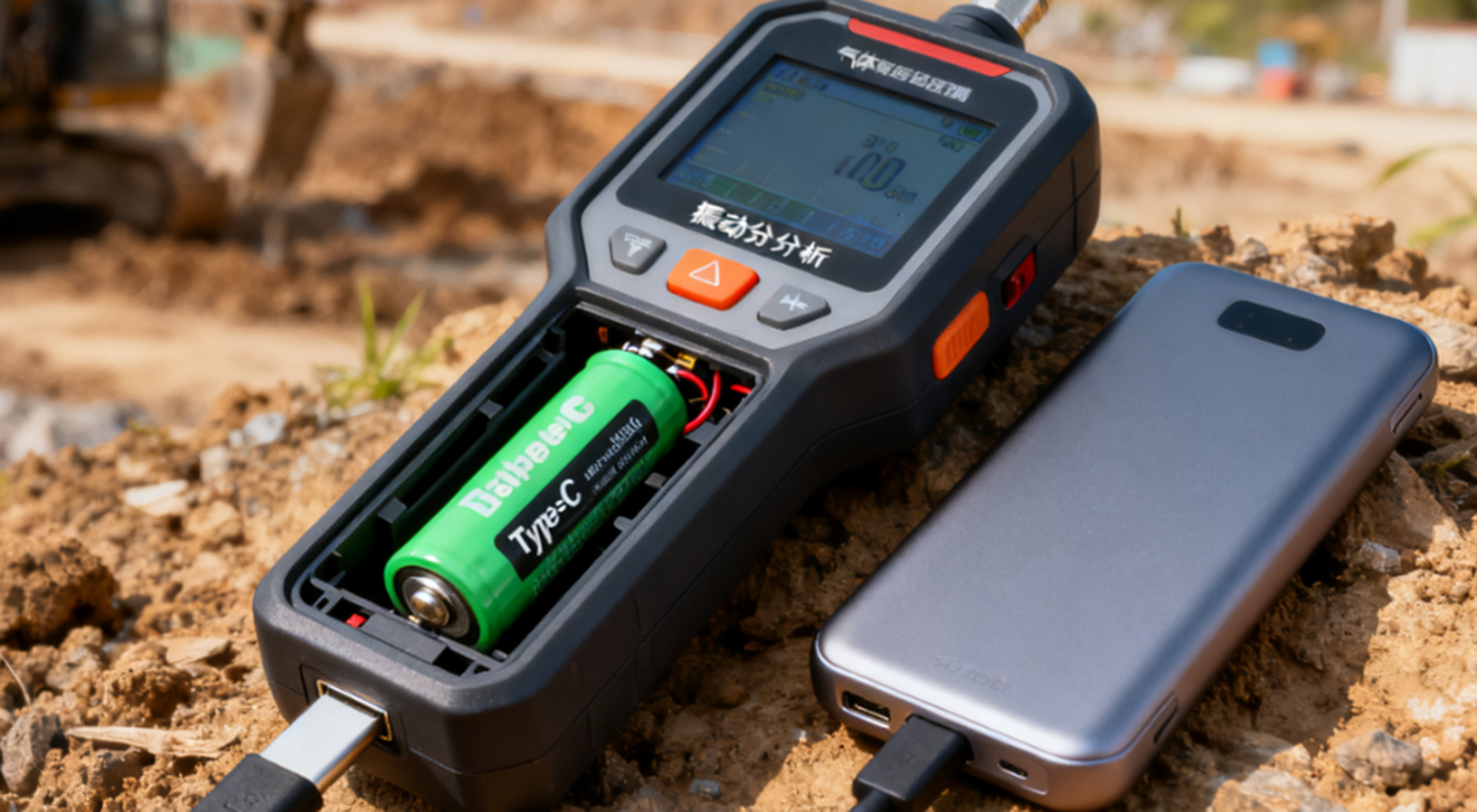
Type‑C Lithium Batteries for Outdoor & Field Equipment: Reliable Power Anytime, Anywhere
Type‑C Lithium Batteries for Outdoor & Field Equipment: Reliable Power Anytime, Anywhere Rugged, fast‑charging Li‑ion/LiFePO₄ packs with USB‑C input for meters, inspection tools, sensors, and portable instruments. Category: Outdoor Power · Field Equipment PKNERGY Type‑C rechargeable lithiu...Read more -
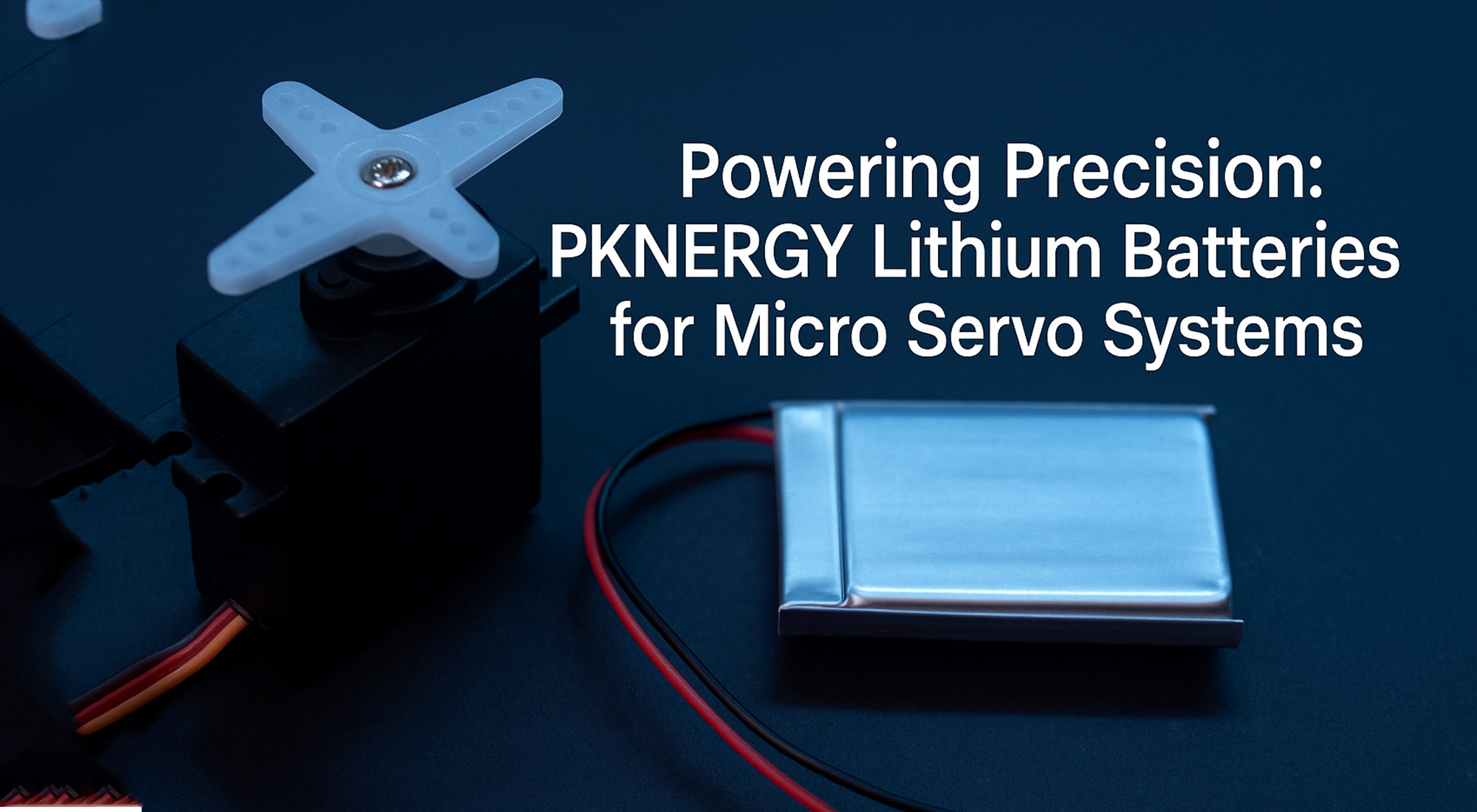
Powering Precision: PKNERGY Lithium Batteries for Micro Servo Systems
Powering Precision: PKNERGY Lithium Batteries for Micro Servo Systems Stable, lightweight and high‑efficiency packs engineered for miniature robotics, drones, gimbals and medical devices. Category: Robotics · Precision Actuation Contents Why Lithium Batteries for Micro Servos Applicati...Read more -
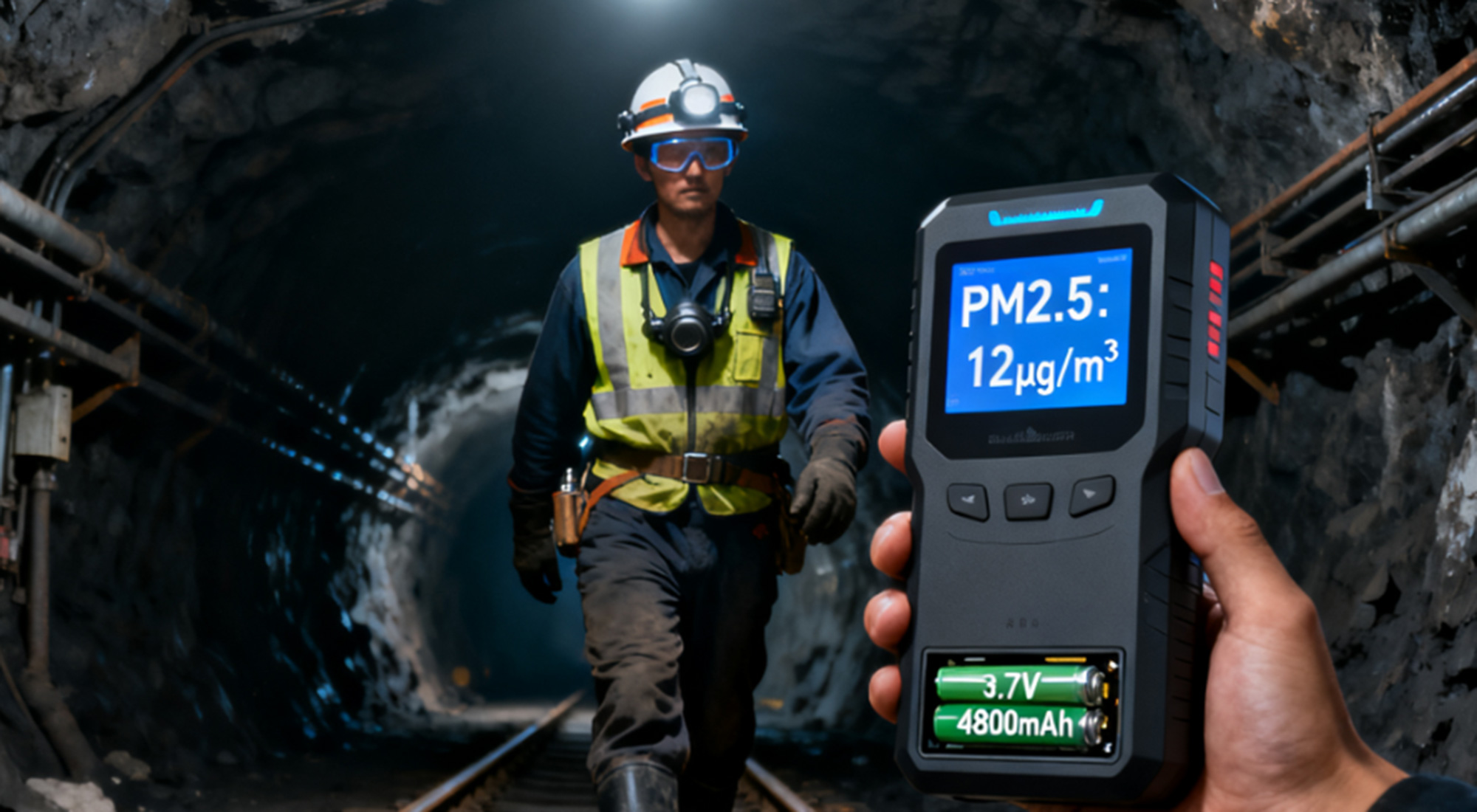
Custom Lithium Battery Packs for Handheld Water-Quality Analyzers
Custom Lithium Battery Packs for Handheld Water-Quality Analyzers Reliable Power for Portable Laboratory and Field Instruments Category: Environmental Battery | Tags: Water Analyzer, Li-ion, Custom Pack, UN38.3 Contents 1. Introduction 2. Why Lithium Battery for Water Analyzers 3. Key Cust...Read more -
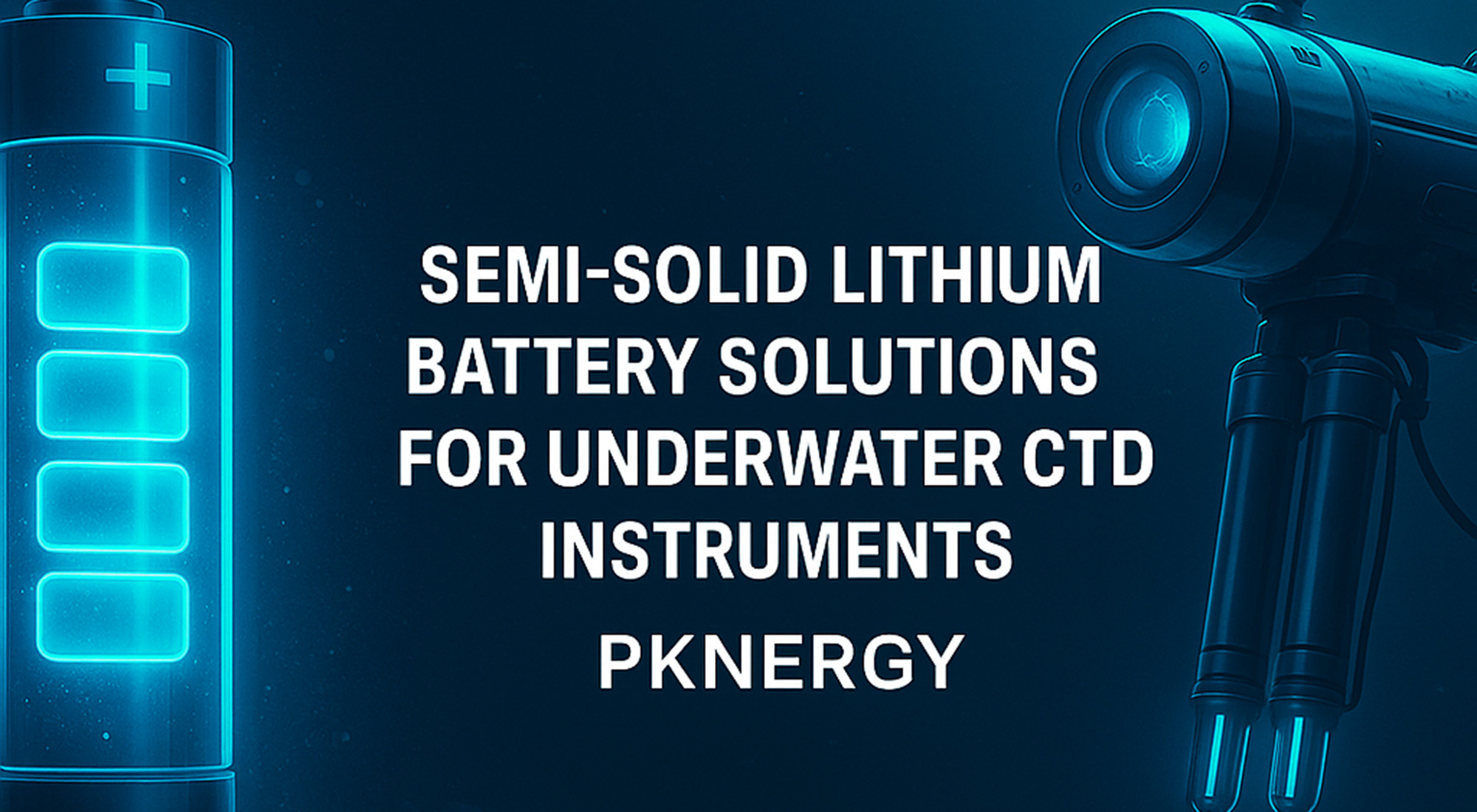
Semi-Solid Lithium Battery Solutions for Underwater CTD Instruments
Semi-Solid Lithium Battery Solutions for Underwater CTD Instruments Reliable Power for Marine Research and Environmental Monitoring Category: Marine Battery | Tags: Semi-solid, Li-ion, CTD, Custom Pack Contents 1. Introduction 2. Application Background 3. PKNERGY-Based Battery Solution 4. ...Read more -
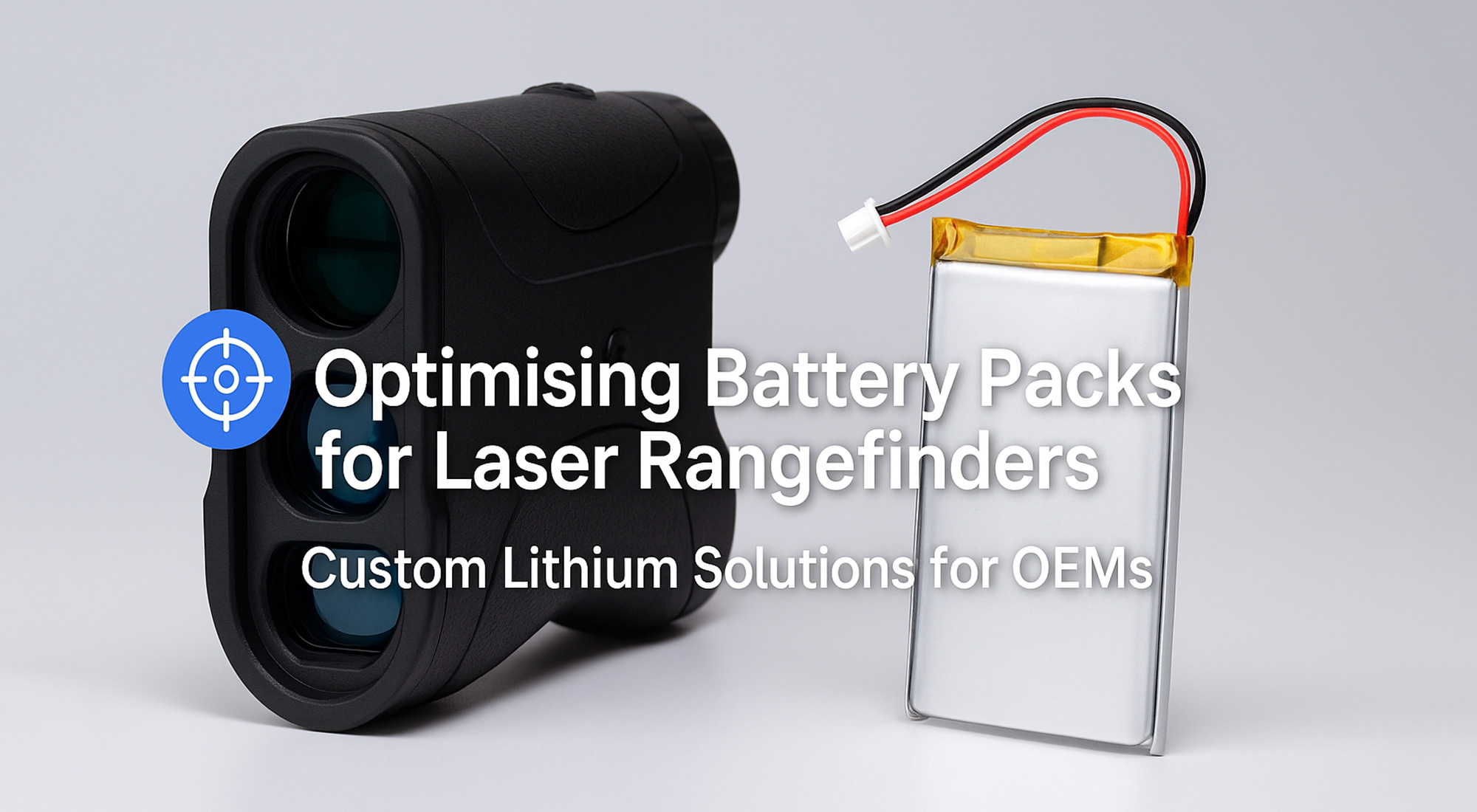
Optimising Battery Packs for Laser Rangefinders: Custom Lithium Solutions for OEMs
Read more -
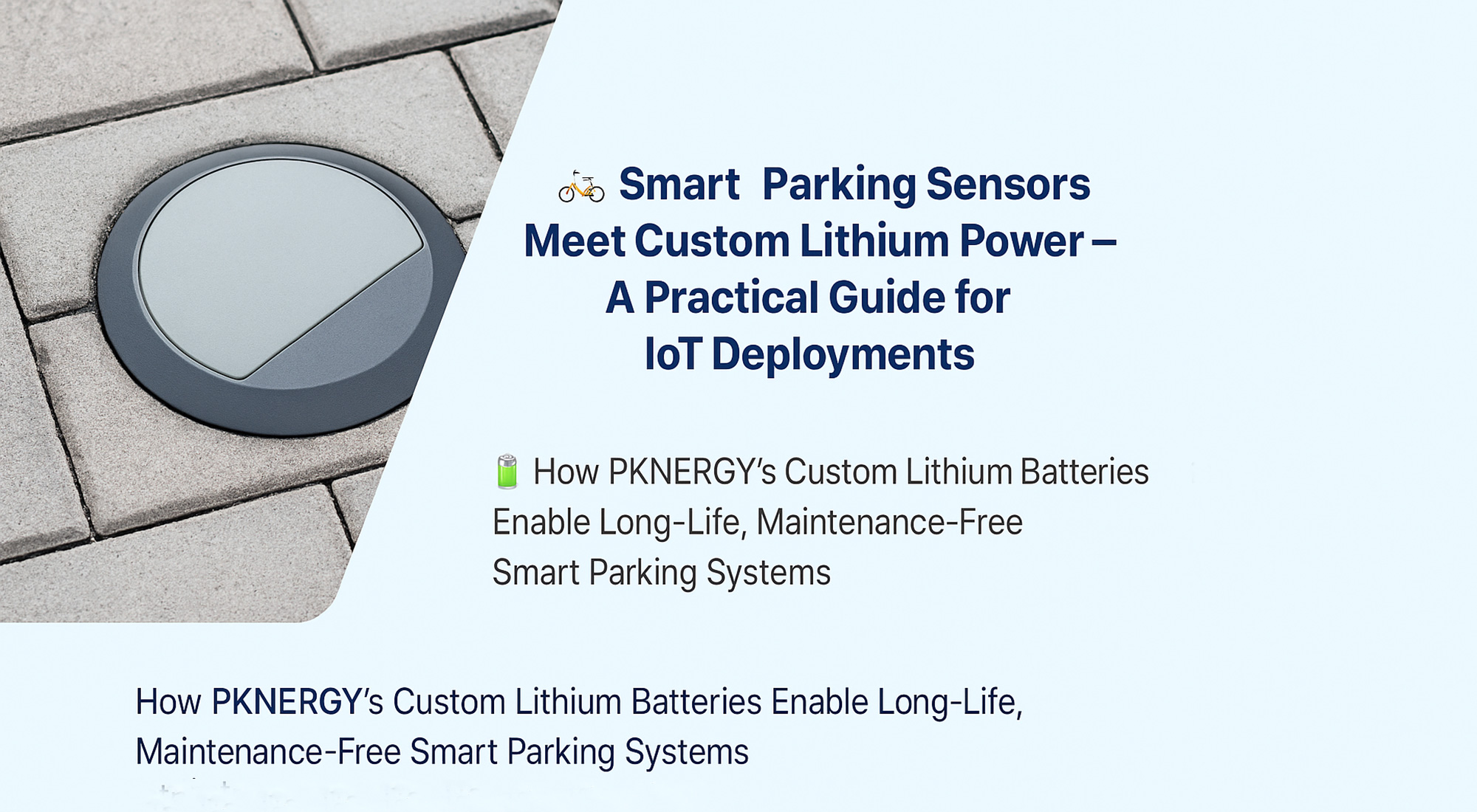
How PKNERGY Custom Lithium Batteries Enable Long-Life, Maintenance-Free Smart Parking Systems
Read more
